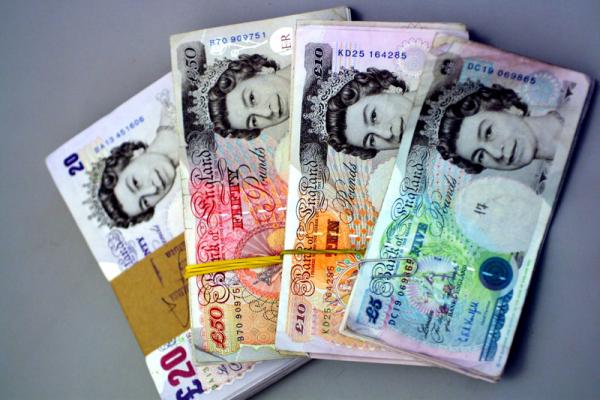Investing.com - The British pound was trading near its lowest levels of the year on Tuesday as fresh fears over the prospect of a no-deal Brexit weighed, while the Australian dollar was pressured by growing expectations for another rate cut by the country’s central bank.
The yen and the euro gained ground, as investors awaited policy-setting meetings by the U.S. Federal Reserve and the Bank of Japan as well as a conference organized by the European Central Bank, all scheduled this week.
"While major currencies were little moved now, when you look at market moves over the past week or so, many commodity currencies and emerging market currencies are weak, reflecting broad risk-off sentiment," said Masashi Hashimoto, senior analyst at MUFG Bank.
The U.S-China trade frictions and rising geopolitical tensions in the Strait of Hormuz after recent attacks on tankers are all undermining risk sentiment, he said.
Worries about Brexit hit sterling, which fell to a five-and-a-half month low of 1.2514 overnight and was at 1.2537 by 03:21 AM ET (07:21 GMT).
Sterling also fell to its weakest level since January against the euro, which climbed to 0.8960, compared to a two-year low of 0.8456 touched just over a month ago.
Former Foreign Minister Boris Johnson got a boost on Monday in his campaign to succeed Prime Minister Theresa May as one of his former rivals and EU supporter Matt Hancock backed him.
That rattled markets as Johnson, the face of the official campaign to leave the European Union in the 2016 referendum, has promised to deliver Brexit with or without a deal.
The pound could be in for a rough ride in coming days, with a raft of potentially market-moving events ahead, including consumer inflation and retail sales data, due on Wednesday and Thursday respectively, and the Bank of England's policy announcement on Thursday.
The risk-sensitive Aussie was last at 0.6838, just above its five-and-a-half month low of 0.6833 hit overnight after the minutes of the Reserve Bank of Australia’s June meeting said further rate cuts are likely in the period ahead.
The RBA cut interest rates to 1.25% earlier this month, its first cut in nearly three years.
The Aussie has also been pressured lower by fears over a slowdown in China, with tensions in the Sino-U.S. trade war showing few signs of easing. China is Australia’s largest export market.
The euro was up 0.2% to 1.1238 while the dollar was lower against the yen at 108.22.
The dollar was slightly undermined by the New York Fed's business index showing a record fall this month to its weakest level in more than two-and-a-half years.
The Fed's two-day policy meeting starting later on Tuesday is the next major focus after markets have priced in more than two 25 basis-point rate cuts by year-end.
That marks a sharp contrast to the Fed's official forecast in March, which showed policymakers deemed the next move would be a hike.
The U.S. dollar index versus a basket of six major currencies was down 0.14% to 96.917.
"As markets are now pricing in rate cuts in the second half of this year, the question is how the Fed will respond to such an outlook," said Shinichiro Kadota, senior strategist at Barclays.
-- Reuters contributed to this report
